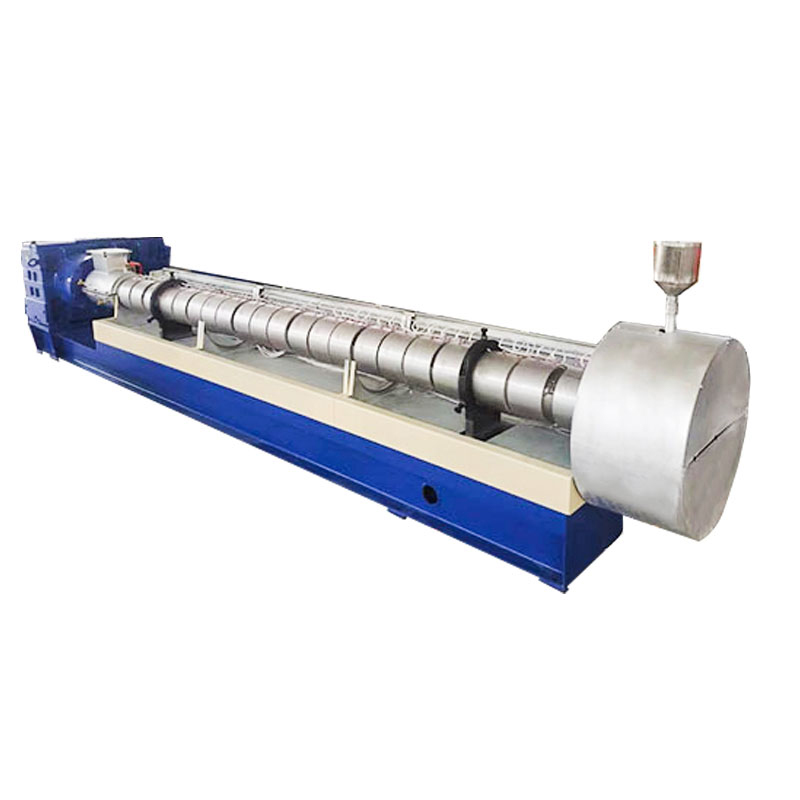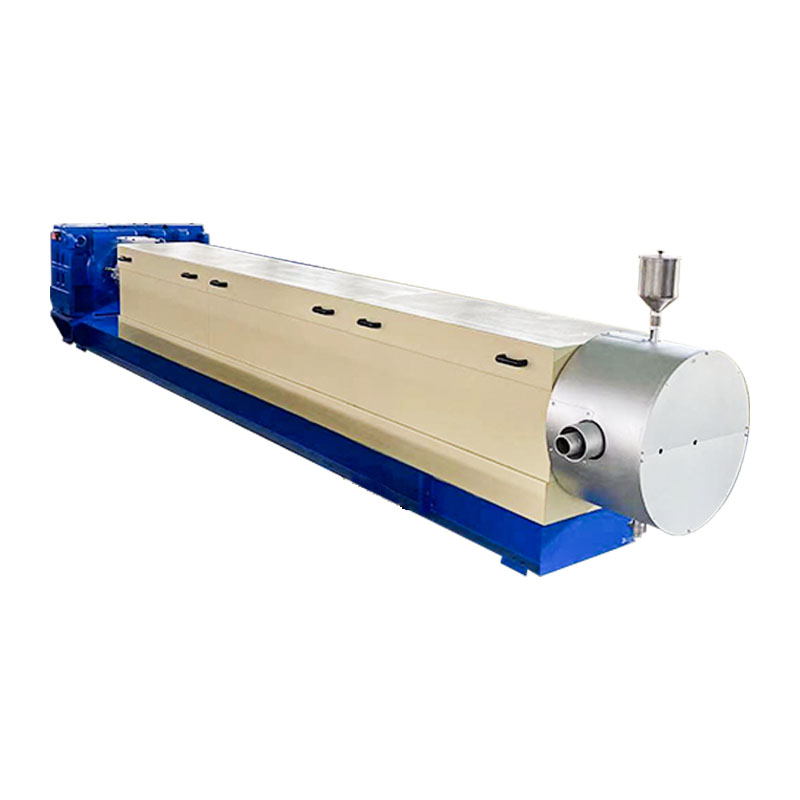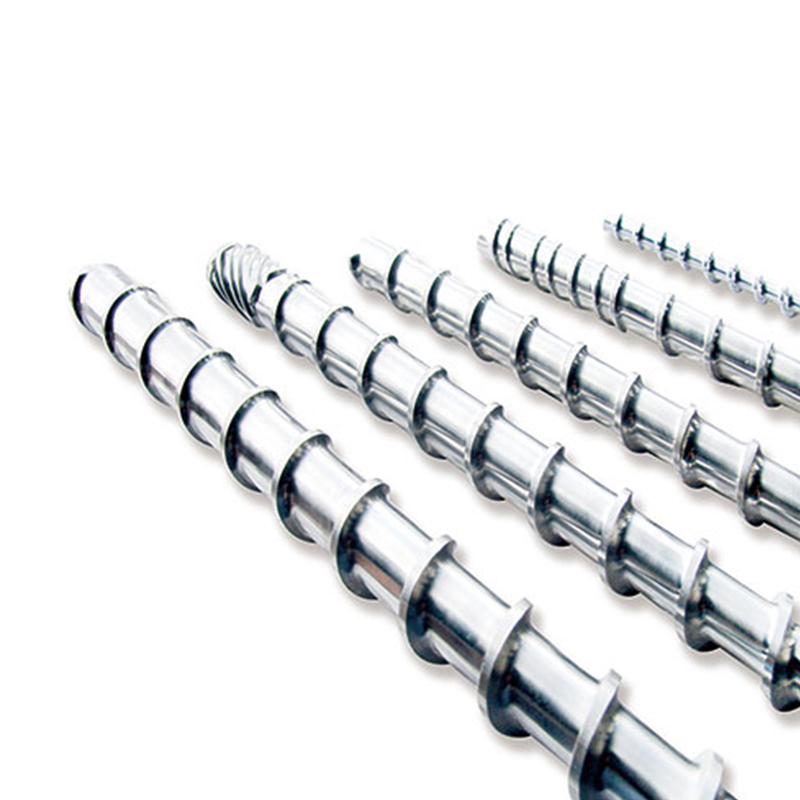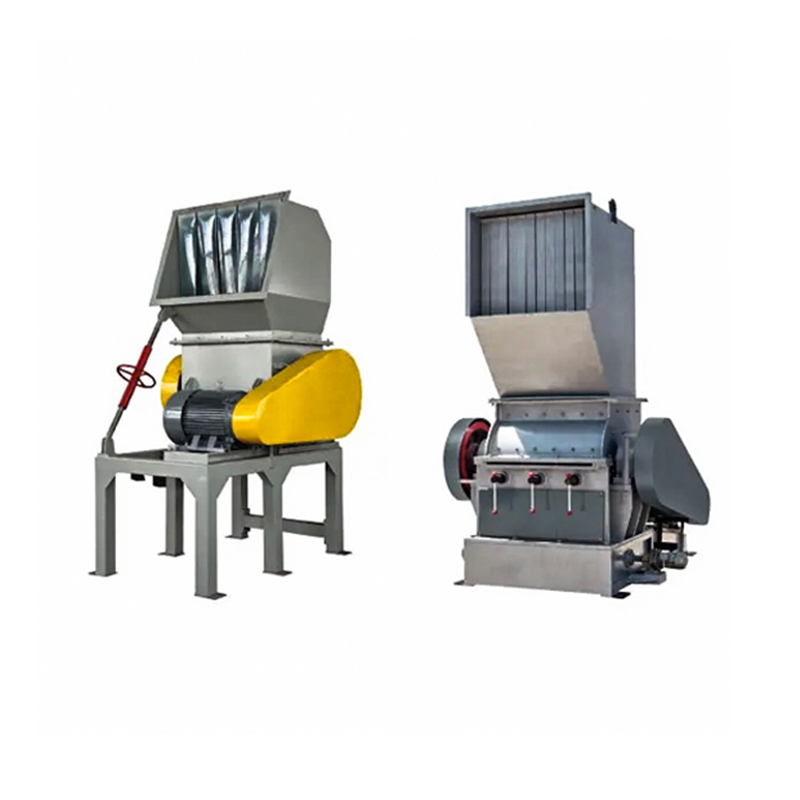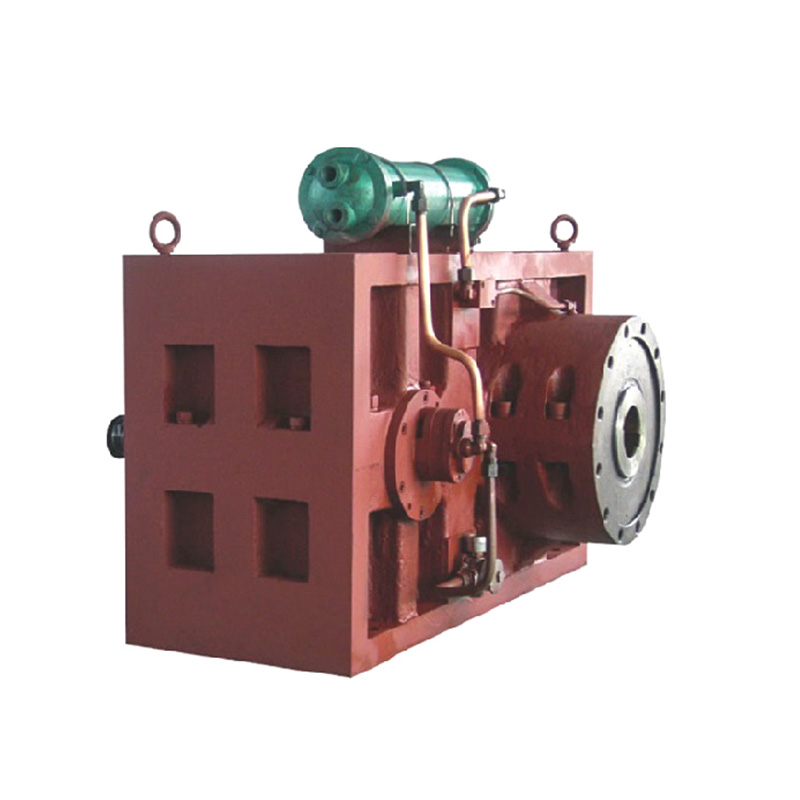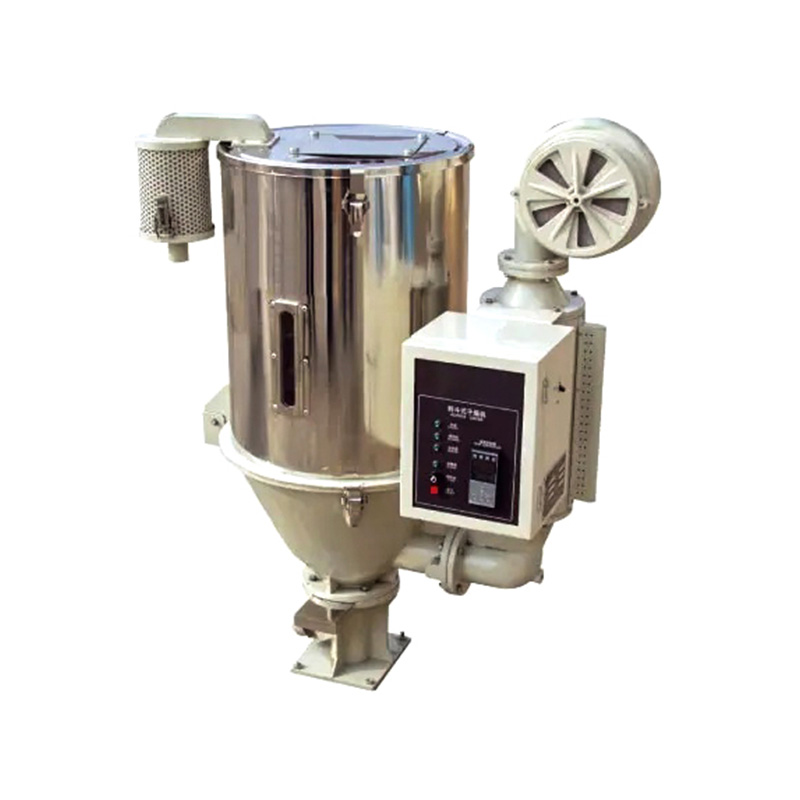Abrasive wear between screw barrels occurs when the softer substrate of a part is corroded or worn away, leaving the remaining harder mass (e.g., various carbides) exposed to the metal surface. These hard particles planing and scratch the softer surface, or like a grinding wheel strong drop friction on the surface of their relative movement, when these hard particles form the substrate after the fall, not only in the screw barrel surface to form craters and bumps, and fall the hard particles will be like the abrasive agent used in grinding, in the screw and the barrel of the abrasive action between the production of the progress, accelerating the screw barrel damage.
If the plastic is originally mixed with a lot of high-hardness inorganic filler, then the above abrasive action is bound to be greatly accelerated, for example, when processing nylon mixed with magic fiber material, a ф30 nitrided steel screw barrel in the use of 1,250 hours after the serious wear.
Some studies have shown that: the size and hardness of the abrasive material on the abrasive wear has a great impact, when the size of the hard particles (carbides, nitrides) is greater than 100 microns, its hardness is greater than 50% of the hardness of the substrate after the abrasive wear will be very strong. Therefore, if the size of hard particles (e.g. calcium carbonate in calcium plastics) can be reduced to less than 100 microns, and they are well dispersed, then the wear will be reduced.
In general, the resistance to abrasive wear can be improved by increasing the surface hardness of the screw barrel. When surface work hardening is not considered, there are two ways to improve the surface hardness of screws and barrels, one is through heat treatment, and the other is to use hard alloy surfaces. Wear experiments have shown that high surface hardness does not equal high wear resistance. For example, the hardness of nitrided steel nitrided to HRC = 66-70, and alloy HRC = 50-64, but the latter wear resistance is much higher than the former, which is due to the inter-atomic section of these alloys and the strength of the good, there is a higher elastic modulus of the sake.
If chromium, boron, calcium, molybdenum, titanium, and other alloying elements and iron are smelted together with a variety of hard alloys, these alloys in the presence of a variety of carbides will greatly improve the wear resistance of the parent metal, to corrosion and grinding of these carbides to very high pressure and temperature. Various alloys are produced on these principles.
But on the other hand, because these alloys will be sprayed or surfaced to the screw surface the process method is not yet mature, so heat treatment to improve the surface hardness of the method is still widely in use.



 عربى
عربى


